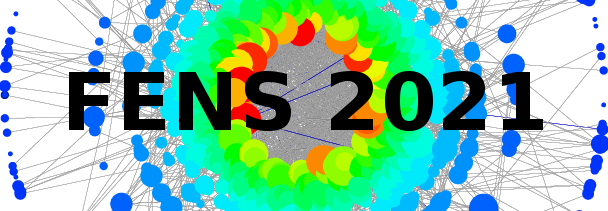Speaker
Description
We introduce a generalized version of the noisy q-voter model, one of the most popular opinion dynamics models, in which voters can be in one of s≥2 states. As in the original binary q-voter model, which corresponds to s=2, at each update randomly selected voter can conform to its q randomly chosen neighbors (copy their state) only if all q neighbors are in the same state. Additionally, a voter can act independently, taking a randomly chosen state, which introduces disorder to the system. We consider two types of disorder: (1) annealed, which means that each voter can act independently with probability p and with complementary probability 1−p conform to others, and (2) quenched, which means that there is a fraction p of all voters, which are permanently independent and the rest of them are conformists. We analyze the model on the complete graph analytically and via Monte Carlo simulations. We show that for the number of states s>2 model displays discontinuous phase transitions for any q>1, on contrary to the model with binary opinions, in which discontinuous phase transitions are observed only for q>5. Moreover, unlike the case of s=2, for s>2 discontinuous phase transitions survive under the quenched disorder, although they are less sharp than under the annealed one.

